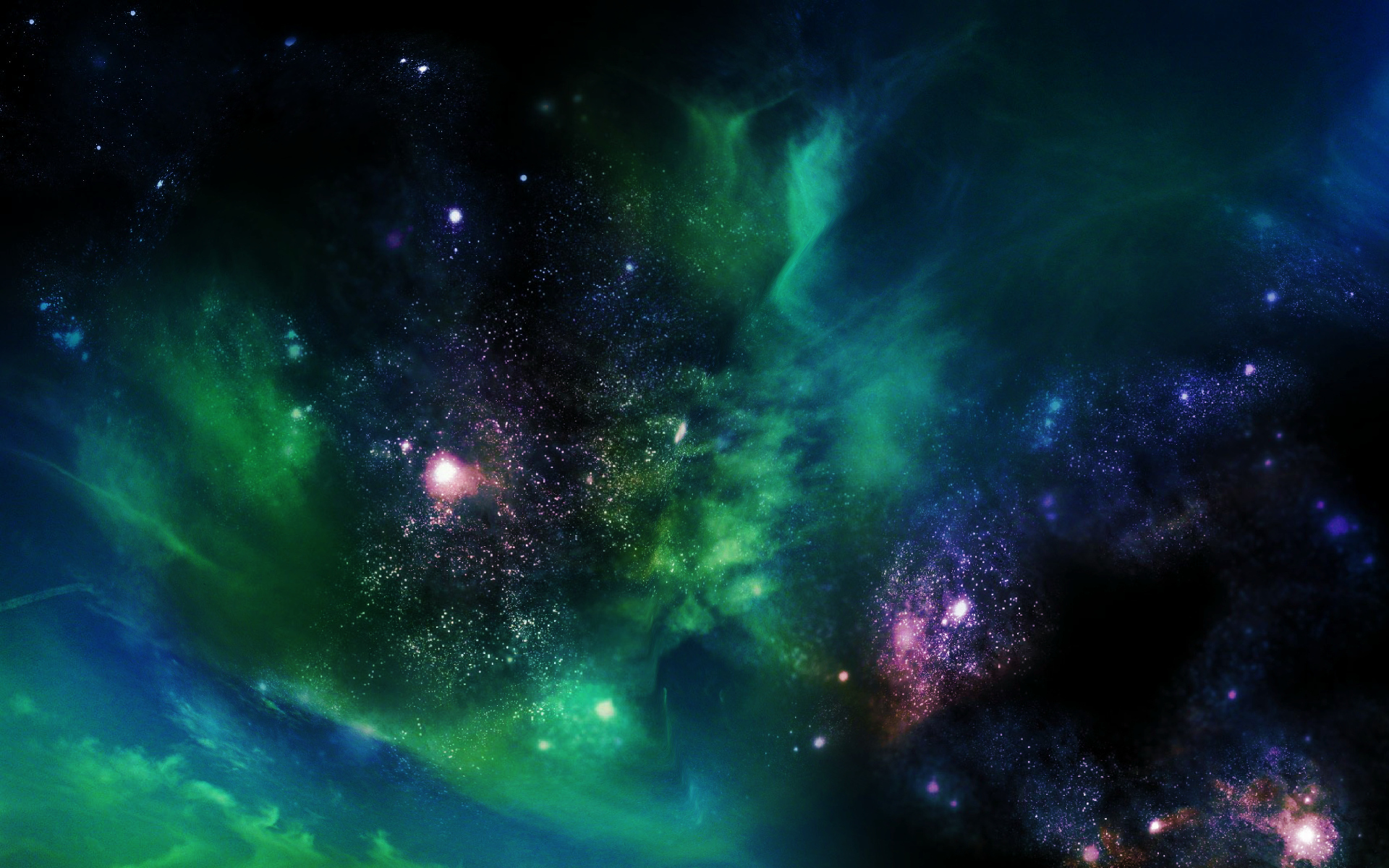
Future tests will put the New Shepard spacecraft through more rigors before people fly aboard.

An international team of astronomers has discovered and confirmed a treasure trove of new worlds using NASA's Kepler spacecraft on its K2 mission.

That's galaxies, not stars. After spending a decade measuring the stars, scientists just released a 3D map spanning 1.2 million galaxies.

The Mars 2020 mission will look a lot like NASA's Mars Science Laboratory, but will feature some impressive tools to track down ancient life and do some important groundwork ahead of a future human mission.

The ISS is getting an incredible new tool: a handheld DNA sequencer. The questions scientists hope it will answer include whether life exists beyond our planet and just what is that weird fungus growing on the wall of the space station?

This image taken by NASA's Juno spacecraft is one of the first to be taken by the probe since it entered Jupiter's orbit last week.

Now a Chinese observatory has superseded Arecibo. Installation of the 500-meter FAST radio telescope is complete, with the last triangular reflector put into place. The observatory is expected to begin observing the heavens in September.
Icy world 2015 RR245 has been classified a dwarf planet by the International Astronomical Union's Minor Planet Center. It was found using the Canada-France-Hawaii Telescope on Maunakea, Hawaii.

A team of astronomers have used the SPHERE instrument on ESO's Very Large Telescope to image the first planet ever found in a wide orbit inside a triple-star system.

Astronomers at last have a clear glimpse of the eye of a massive celestial storm.

Scientists have uncovered a chemical trail that suggests prebiotic conditions may exist on Saturn's largest moon Titan. This moon features terrain with Earthlike attributes.

The 500-meter dish will now listen out for signs of extra-terrestrial life.

The Asian country has embarked upon a long-term plan to colonize the Moon. The Long March 7 rocket has lifted off on Saturday from the Wenchang Satellite Launch Center.

The Curiosity Rover discovered manganese oxides on the red planet. The seemingly simple find actually has mind-boggling implications: ancient Mars could have been a lot more like Earth than we thought.

The galaxy we're zooming in is LEDA 36252. It's a tadpole galaxy 82 million lightyears away that has been steadily turning out new stars at an incredible rate for billions of years.